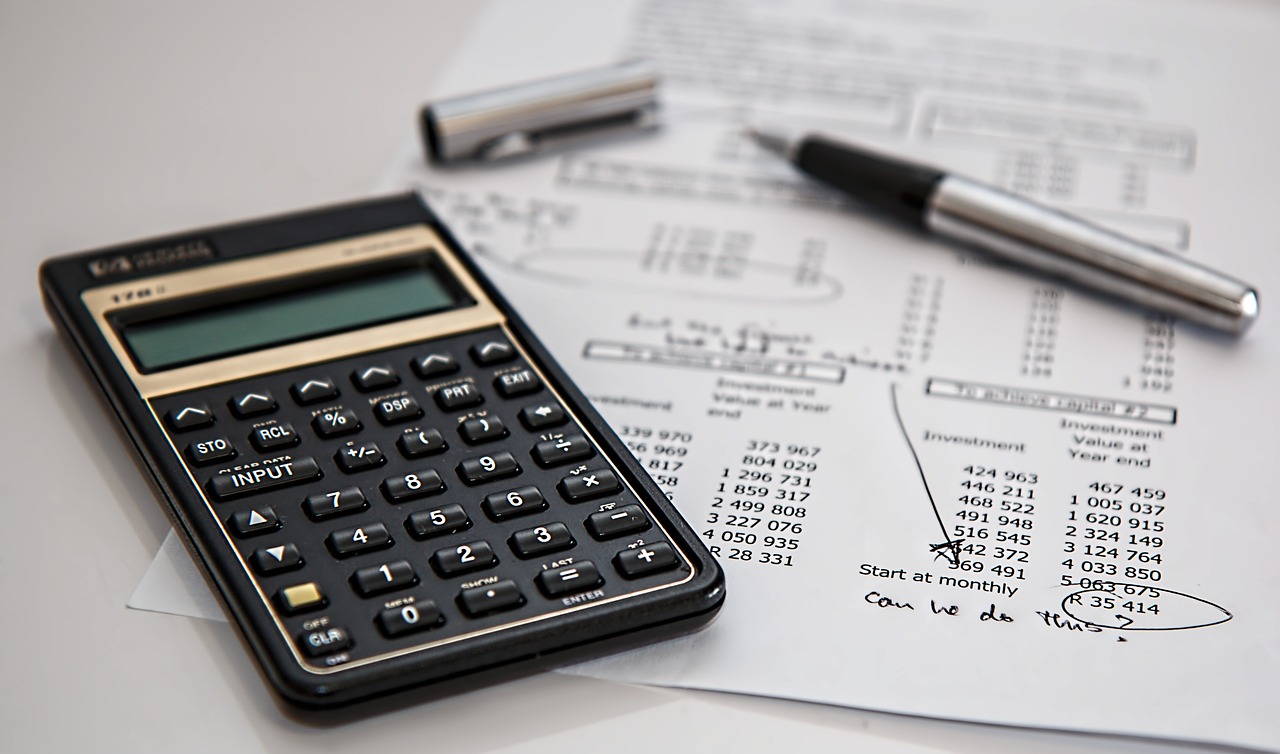Growing a charge variety is a crucial step in taking control of your finances and sporting out your goals. But, it can be a frightening assignment, in particular in case you’re no longer high quality in which to begin. In this text, we will offer a step-with the aid of-step manual on how to create a budget that works for you and keep on with it.
We’re going to cowl everything from data your economic desires to reviewing and adjusting your finances. Via the use of the usage of the cease of this newsletter, you can have a smooth information of a way to create a charge variety that permits you control your budget successfully.

Budgeting Tools and Resources
Here are some popular budgeting tools and resources to help you create and stick to your budget:
| Tool/Resource | Description |
|---|---|
| Mint | A free budgeting app that tracks your spending and offers personalized budgeting advice. |
| You Need a Budget (YNAB) | A budgeting app that helps you manage your finances and achieve your goals. |
| Personal Capital | A free financial management tool that helps you track your income and expenses. |
| Budgeting spreadsheets | Free templates available online to help you create a budget spreadsheet. |
| Financial advisors | Professionals who can provide personalized budgeting advice and guidance. |
Information Your monetary goals
In advance than developing a budget, it’s vital to apprehend your economic goals. What do you need to acquire? Do you need to buy a down rate on a residence, pay off debt, or bring together an emergency fund? Make the effort to reflect to your dreams and prioritize them. Write them down and cause them to specific, measurable, potential, relevant, and time-certain (smart).
For example, in place of “I need to save coins,” a clever aim might be “I need to save $10,000 inside the subsequent three hundred and sixty five days for a down rate on a house.” Having smooth desires will help you create a price range that aligns in conjunction with your priorities.

Accumulating important financial facts
To create an powerful charge variety, you want to gather critical financial information. This consists of:
Your income: How masses coins do you convey in every month?
Your constant charges: lease/mortgage, utilities, vehicle rate, insurance, minimum credit score score card bills, and different fees that remain the equal each month.
Your variable fees: Groceries, entertainment, gasoline, and unique expenses that can range from month to month.
Your debt: credit rating card debt, student loans, non-public loans, and distinct money owed you want to repay.
Your monetary savings desires: How a notable deal do you want to shop every month?
Acquire all of your financial documents, which encompass pay stubs, bills, and economic organization statements, to get a clean image of your economic situation.

Categorizing Your prices: desires vs. Needs
Categorizing your costs into want and goals is important in growing a charge variety that works for you. Needs are important costs, along side hire/mortgage, utilities, and meals. Desires are discretionary charges, which incorporates amusement, hobbies, and excursion.
Create a listing of your fees and categorize them into want and goals. Be sincere with yourself – do you really want that every day latte or can you cut decrease decrease back on it?
Setting realistic monetary goals
Setting practical economic dreams is vital in developing a rate variety that you could stick with. Based totally totally to your profits, fees, and dreams, set desires for each class. For example, you could want to allocate 30% of your profits within the path of housing, 20% closer to transportation, and 10% toward enjoyment.
Make certain your goals are practical and practicable. Do no longer set your self up for failure thru putting goals which might be too bold.

Developing a budget Plan: 50/30/20 Rule
The 50/30/20 rule is a clean and effective manner to allocate your income. Allocate:
50% closer to vital prices (desires)
30% inside the direction of discretionary charges (wishes)
20% in the path of saving and debt repayment
This rule is a guiding principle, and you may need to alter it primarily based totally mostly on your individual times. But, it’s far a exceptional place to begin for developing a price range plan.
Tracking Your fees: tools and techniques
Tracking your fees is essential in sticking to your price range. There are numerous gear and techniques you could use, along with:
Budgeting apps: Mint, You need a price range (YNAB), and private Capital are famous budgeting apps in order to can help you song your fees.
Spreadsheets: Create a spreadsheet to music your earnings and fees.
Envelope device: Divide your costs into classes and location the corresponding budgeted quantity into an envelope for every elegance.
Find out a manner that works for you and stay with it.
Coping with Debt and credit score score
Managing debt and credit is an important a part of developing a fee range. Make a list of your money owed, together with the steadiness, hobby fee, and minimum price. Prioritize your money owed via focusing on those with the great hobby prices or the smallest balances.
Do not forget consolidating your debt right into a unmarried mortgage with a decrease hobby price. Make extra than the minimum fee each month to repay your debt speedy.
Building an Emergency Fund
Building an emergency fund is important in developing a rate range that works for you. Aim to shop three-6 months’ well well really worth of residing costs in an without issues available economic financial savings account. This fund will help you cowl surprising costs, which includes car upkeep or clinical bills, without going into debt.
Staying heading inside the proper route: Overcoming Budgeting limitations
Staying heading inside the proper course together with your finances can be difficult, specifically while sudden prices get up. Right here are a few common budgeting boundaries and hints on how to triumph over them:
Impulse purchases: Create a 30-day ready length for non-vital purchases to help you avoid making impulse buys.
Surprising fees: evaluation your emergency fund regularly to make sure you have got enough financial savings to cowl surprising prices.
Lifestyle inflation: avoid growing your spending behavior as your profits will increase. Alternatively, direct more price range towards your economic financial savings desires.
Budgeting fatigue: spoil your budgeting responsibilities into smaller, ability chunks to avoid feeling crushed.
Reviewing and Adjusting Your price range
Regularly reviewing and adjusting your finances is essential in making sure it remains effective. Agenda ordinary budget evaluations (e.G., every 3-6 months) to:
Music your progress: compare your real spending in your budgeted amounts to become aware of regions for improvement.
Alter your dreams: replace your monetary goals based totally totally on adjustments to your income, fees, or desires.
Make modifications: Make changes for your finances plan as needed to live on target.
Regularly asked Questions (FAQs)
Q: How regularly need to I review my budget? A: evaluation your price range each 3-6 months to make certain it remains powerful and make adjustments as needed.
Q: what is the 50/30/20 rule? A: The 50/30/20 rule is a tenet for allocating your income: 50% inside the direction of important prices, 30% towards discretionary fees, and 20% in the direction of saving and debt repayment.
Q: How do I prioritize my debts? A: Prioritize your debts via the usage of specializing in people with the satisfactory hobby prices or the smallest balances.
Q: what’s an emergency fund? A: An emergency fund is a savings account that covers three-6 months’ certainly really worth of living prices in case of unexpected activities or financial emergencies.
Conclusion
Developing a price range and sticking to it requires vicinity, staying strength, and endurance. By using way of following the stairs outlined in this newsletter, you’ll be nicely for your way to taking control of your finances and attaining your desires. Bear in thoughts to often compare and modify your price range to make sure it remains powerful. With time and practice, budgeting turns into a addiction that allows you acquire economic freedom.





